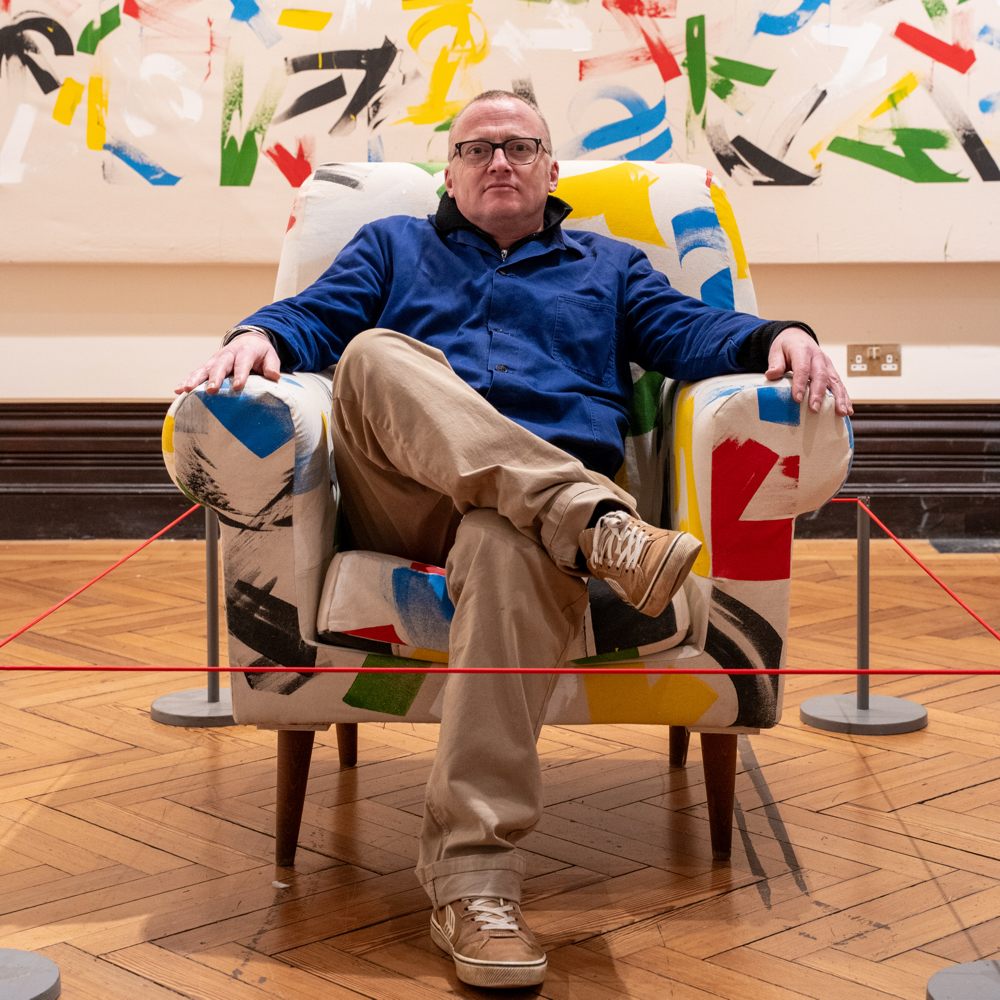ARTIST STATEMENT
Kai Motta is a London born self-taught studio artist currently based on the south coast of England. Initially he was hugely inspired by graffiti, street art and hip hop. Later he became obsessed with the Abstract Expressionism American art movement. He now exploits both mediums to produce his graffiti-esque abstract asemic artwork.
A distinctive hallmark of Motta’s process is the use of discarded credit cards as a painting tool. These objects that symbolise consumer culture and debt become instrument and metaphor, creating indelible marks of freedom across the canvas and literally imprinting the logic of capitalism into the physical structure of the works.
Neoliberalism is a theme that features in Motta’s works. Many paintings are produced within an area of the canvas, masked off to leave a border around the work. Inside the border represents the studio, where Motta is free to produce his abstract graffiti asemic paintings. The border symbolises the constraints of the contemporary neoliberal world in which we all must function, the idea of liberty driven by free market competitive forces that now dominate all our lives. A place we must constantly return to.
“We now inhabit a world where the freedom to be oneself is increasingly constrained and attacked, the act of conforming is ever-present and ubiquitous, every movement is monitored, tracked and continually under the microscope without any real protest, and using artificial intelligence every future step is now planned and digitally co-ordinated. From what and how we consume, to exercising, our love lives, and more, information is constantly being collected and stored to govern and direct/re-direct our lives to be used for nothing more than to gain profit from in this neoliberal period. This breeds competition, isolation and insecurity, symptoms of this meaningless age.”
“The canvas for me is a catharsis, an act of freedom, a place to be free in the Brave New Digital world.”


